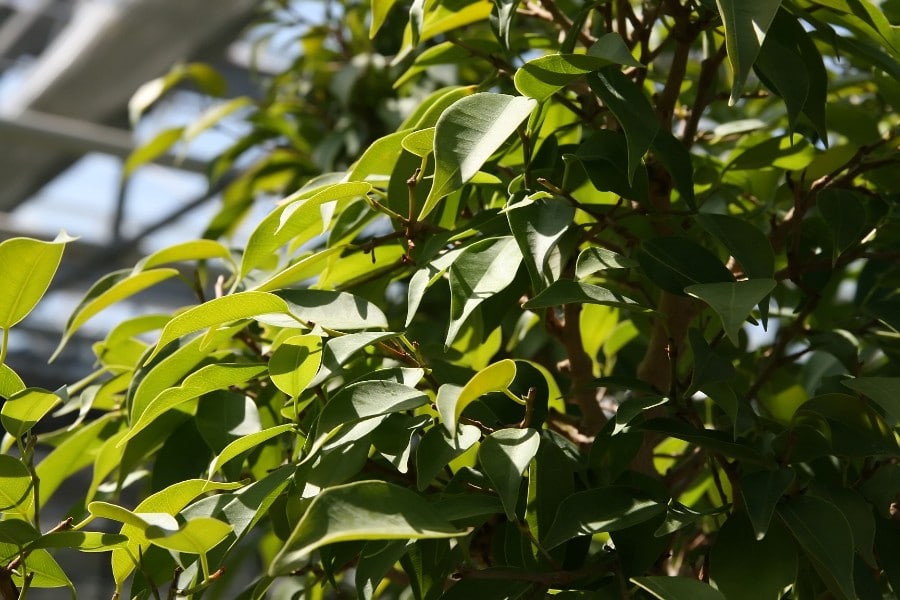Spectacular Info About How To Look After A Weeping Fig
:max_bytes(150000):strip_icc()/grow-weeping-fig-indoors-1902440-010-01-78d874e47b5b407390848d91d32cd6df.jpg)
This is by far the most common problem with weeping figs.
How to look after a weeping fig. In winter the fig grows more slowly and the soil takes longer to dry. Watering, repotting and where to position a delicate. Place your weeping fig near a window that gets some sun but not too much full sun.
Learn exactly how to care for it in this guide. Water to keep the soil lightly moist and maintain humidity between 50 to 70%. This will ensure your weeping fig gets the perfect amount of light and won't get scorched by direct sunlight.
How to care for the weeping fig the key to a healthy fig tree is light and water. Caring for a weeping fig is relatively simple as the plants are tolerant of a lot. Weeping figs should be grown in bright light at 65 to 75 °f, in fast draining soil.
Weeping fig care guide light White and greyish green leaf edge. Every 9 days weeping fig needs 0.8 cups of water every 9 days when it doesn't get direct sunlight and is potted in a 5.0 pot.
Weeping fig is one of the best plants for improving air quality indoors. Water 0.8 cups every 9 days How to care for a weeping fig:
Thick leaves, dark green. Pruning a weeping fig should only be done in the winter, when the plant is in its dormant stage, to avoid damaging new growth. Weeping figs don’t need much pruning and tend to develop a better shape without any pruning, but if there are signs of fungal problems, sun scorch, or branches that have developed discoloration, it's safer to cut them off back to a healthy section of wood.
We will discuss the light requirements, water requirements, soil requirements, and pruning requirements. Weeping fig ficus tree (ficus benjamina): After the last frost date in spring, weeping figs can be brought outdoors for the summer.
July 28, 2022 the weeping fig, scientifically known as ficus benjamina, is a plant that is highly sought after by plant enthusiasts. This guide shows you how to care for a weeping figwatch this and other related films here: This popular houseplant is native to southeast asia and australia, and is also commonly referred to as the benjamin fig, ficus tree, or simply the weeping fig.
'variegata' juvenile leaves are white, turning green as they age. All purposes fertilizer is fine for this. 'too little' dwarf, glossy leaves 'natashja' used for bonsei.
It has one of the top removal rates of toxins like formaldehyde, benzene and trichloroethylene from tainted indoor air. Water the weeping fig only when the soil it grows in becomes dry. But remember to return it indoors when the weather turns cold again.










/grow-ficus-trees-1902757-1-80b8738caf8f42f28a24af94c3d4f314.jpg)






